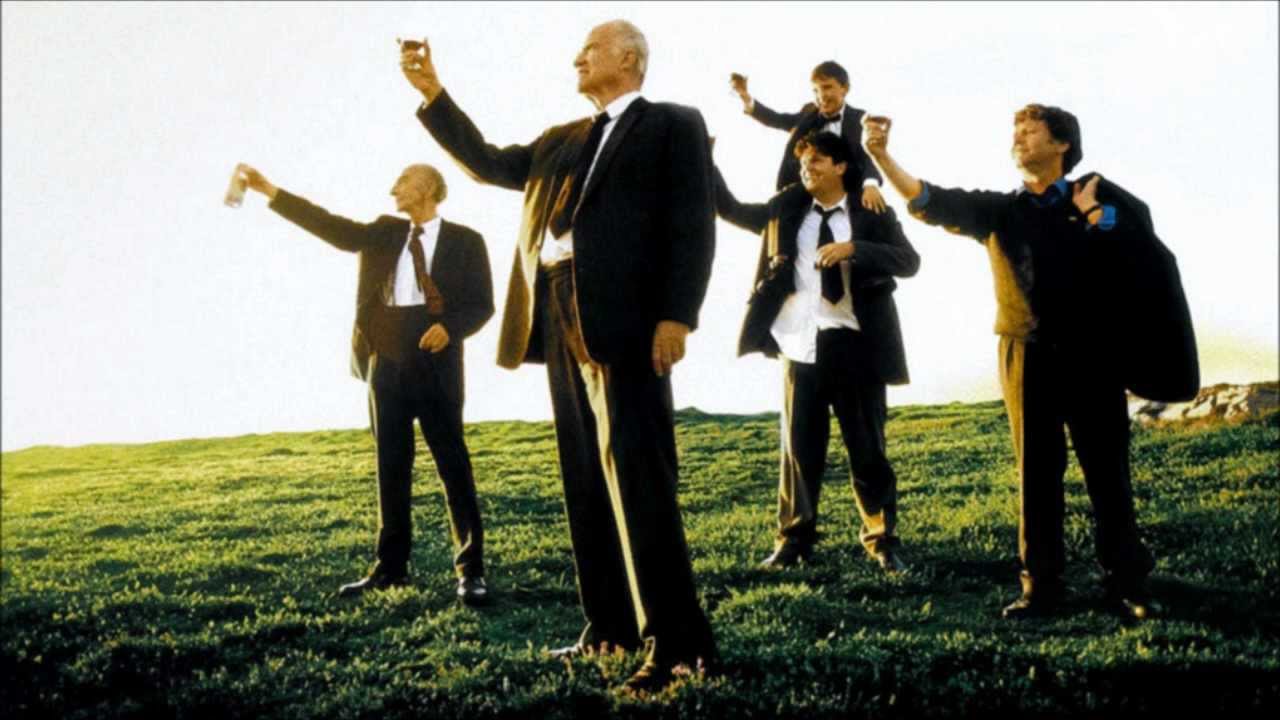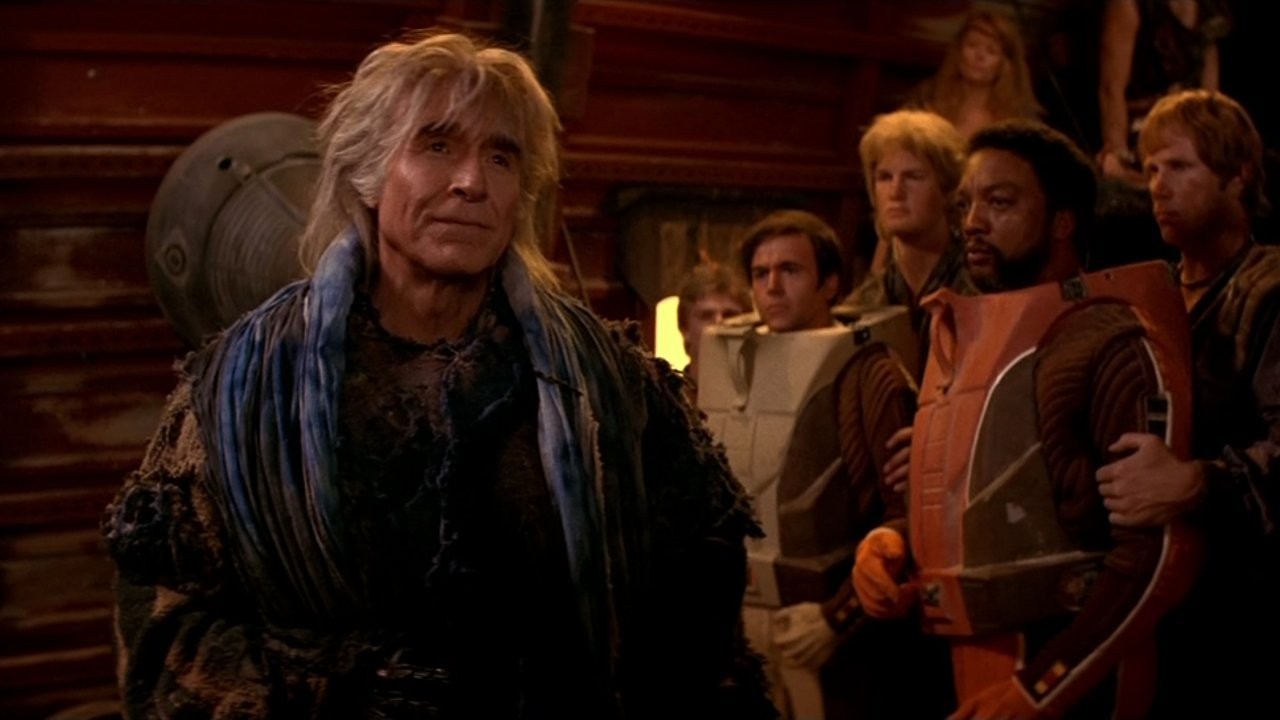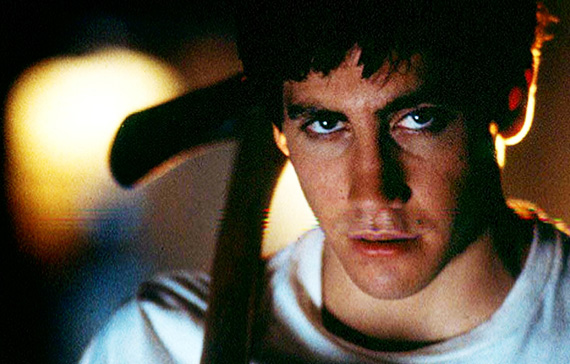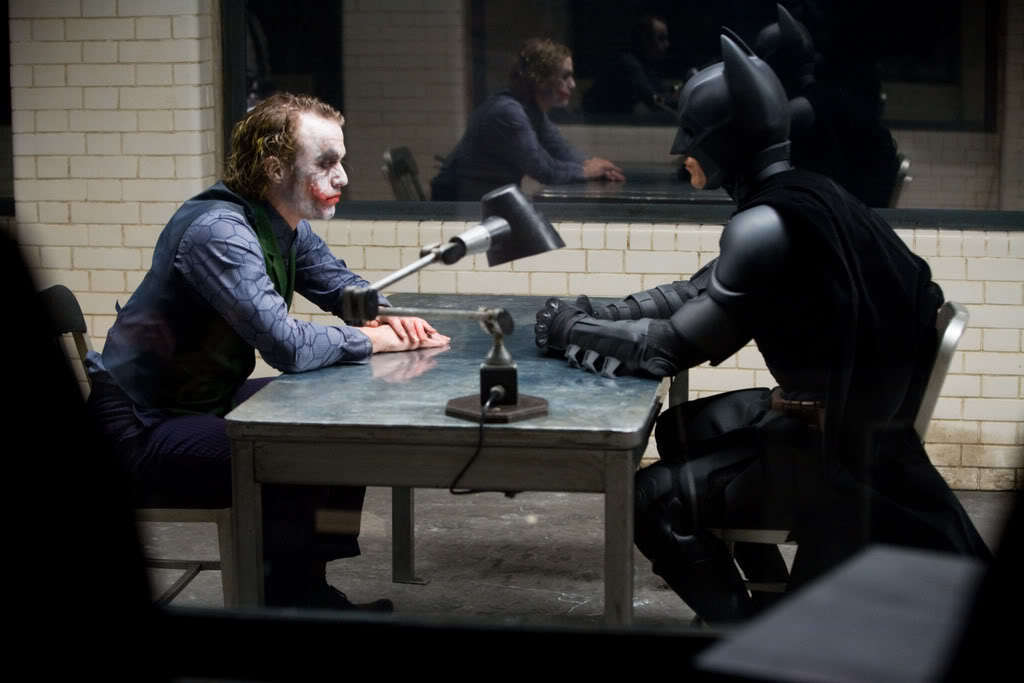6. Waking Ned

The Game; The Ultimatum Game: a situation in which Player A is to divide a sum of money amongst themself and Player B. If Player B agrees with A’s division, the money is split thusly. If player B rejects the agreement, no one receives any money.
The Analysis: Ned Devine, a senior citizen and dweller of a tiny Irish village dies of shock after winning the lottery. Jackie, a typical scoundrel with a heart of gold, leads his best friend Michael into assuming Ned’s identity and claiming the prize.
When discovering the enormous worth of the prize, they need the whole village to cooperate with the farce, on the condition that every single one of the 52 villagers gets an equal share. The main antagonist is Lizzie Quinn, who tries to blackmail Jackie into giving her 1/7 of the prize, or she’ll report the scam to the lottery authorities.
This blackmail is a clear example of the Ultimatum game. Had all villagers, with no exception, agreed, everyone would receive their fair share of the lottery prize. Since, Jackie, the distributor didn’t partake on Lizzie’s greed, the prize was nearly denied, leaving everyone as penniless as before. If Lizzie hadn’t been run over by the claim inspector in a stroke of luck, her plan would have jeopardized it all.
Analyzing it further; had Jackie been unfair in his distribution of the prize, none of the citizens would help him in his endeavor to trick the lottery system, so it was in his best rational interest to be just. Had Lizzie been less stingy, she would get her share of the prize just like everybody, without any further problems. Therefore, it’s possible to infer that, in situations like this, logic and ethics walk together.
7. Star Trek II – The Wrath of Khan

The Game: A lose-lose situation. This is not a game in itself, but a condition applicable to many games and situations. Here’s a clear example of a Zugzwang, a state in which, whatever move one makes, one will be in a worse situation than before; not moving is not an option.
The Analysis: The opening scene of this movie involves the Kobayashi Maru: a computer simulation designed to be unbeatable. The player is the captain of a ship, who knows that prisoners are trapped by the Klingons in a neutral zone. Trespassing would be interpreted as an act of war, and the ship’s shields would not be enough to hold the Klingon attack. Not trying to rescue the prisoners will surely lead to their death.
This Zugzwang was undeniably frustrating, and is later clarified that it is a test of character rather than a test of skill. The only one who technically beat this scenario was Captain Kirk himself, who reprogrammed the computer and tricked the simulated Klingons into thinking he was a legendary officer, fearing him and retreating from attack.
Kirk’s solution had subverted the program, but has not denied its purpose. Kirk’s roguish, yet persistent and intelligent nature allows him to think outside the box and beat morally straining situations against all odds.
8. Donnie Darko

The Game: A mix of a lose-lose situation called the Catch 22 and Quantum Game Theory.
The Catch 22 is a paradox that instills that, in order to overcome a certain scenario one must fulfill conditions that are contradictory.
Quantum game theory is a branch of classical game theory that assumes that there can be juxtaposition between similarly mutually exclusive strategies, communication and states of the game.
The Analysis: Donnie Darko’s chronology is a black box in itself. If you consider the linear concept of time, the film’s premise is a paradox. We learn that the event that sparked all movie events, a jet engine falling on the main character’s house, is triggered by future-him. This would be an example of a Catch-22: A situation that depends on an impossible sequence of events.
That’s when Quantum Game Theory joins in.
Donnie Darko tells the story of Donnie, a young man who is chosen by a mysterious bunny-like figure called Frank to save the Universe. According to Frank, the engine from the sky was something out of the “Tangent Universe”: a glitch in the fabric of space-time.
This glitch takes the form of a highly unstable universe, identical to ours, but existent only for 28 days. Unless Donnie, the chosen one, helps Frank unravel a series of events, culminating in the retrieval of a jet engine to the normal universe, the Tangent Universe will collapse in a black hole, destroying everything from both universes.
Considering the whole plot as a game, we have a display of juxtaposed initial states of play: A jet engine falling on a house. This event, in the Tangent-Timeline, triggered Frank and Donnie’s quest for the paradox’s end, and the sending of a jet engine to Donnie’s house. In the normal timeline, we learn that this event killed Donnie, making him a Martyr for the sake of the whole universe.
Another quantum-game sign is the similarly impossible communication. Frank the Bunny is a member of the Tangent Universe, but crosses to communicate with Donnie, a member of the normal universe, to lead the quest for world salvation.
Finally, the similarly contradictory states of existence as quantum plot devices. The jet engine, as it plays in the normal world, kills Donnie. As it plays in the Tangent world, destroys his house and sparks the movie’s argument.
Which one is true?
Both.
Donnie’s state is a matter of referential. If you take the part of an observer of the tangent universe, Donnie is alive for 28 days, until this universe’s collapse. For a dweller of a normal universe, Donnie dies at the moment of the jet’s crash.
This means that the supposed Catch-22 (Donnie becomes a hero because he needs to be dead before becoming a hero) is actually part of a much more complex and intricate game of fantasy quantum physics.
9. Sophie’s Choice

The Game: Another special case of a no-win situation: A Cornelian Dilemma. In this situation, the player is forced to choose between two courses of action. Each one of them is mutually exclusive and will cause a negative consequence on the player or on someone close.
The Analysis: What if some choices cannot be rationally made? This question is the motto of Sophie’s Choice, in which the protagonist, Sophie, is forced by the Nazis to choose which of her two children will die and which one will be sent to a labor camp.
Once more, the logical-mathematical approach differs wildly from reality. If the utilitarian paradigm is applied, losing only one child is objectively more favorable than losing both. However, when the burden of that decision is placed on the mother of two children, whose love and caring for the two of them can’t be measured or relativized, and not on a third party, the quantitative lines between the possible outcomes become blurred.
Eventually, Sophie acts in the most reasonable way possible: deciding to send her youngest daughter to death, as her eldest son had a slightly better chance of surviving the labor camp. Despite this sensible decision, any possible stand that could have been taken would have scarred Sophie for life just as much.
Conclusively, game theory is great for explaining strategic methods to achieve the best outcome possible. It is, nonetheless, insufficient when calculating the consequences of warm, emotional decisions.
10. The Dark Knight

The Game: Nolan’s second entry in the Batman series includes many instances previously cited in this article. The prisoner’s dilemma, the cornelian dilemma, and a new game called “The Pirate Game” are prominent plot devices.
The Pirate Game is a more complex version of the Ultimatum Game. Instead of simply one giver and one receiver, who may choose to accept or deny the contract, this puzzle deals with a conflict between three or more parties, with different seniority. Any deal proposed by the most senior must be voted by the majority. In case of a tie, the deal is accepted. If the deal fails, the proposer is thrown out of the ship.
This intricate brainteaser can be best observed with an example: Three pirates, The Captain (A), the chief officer (B) and the sailor (C) find a treasure of 50 gold coins. The Captain, or Pirate A, being the one with the highest seniority, calls the first deal. If he claims all 50 coins for himself, Pirates B and C will naturally disagree, throwing him overboard.
With only Pirates B and C left, it’s time for Pirate B to call the deal. Pirate B can also claim the whole treasure for himself. If C refuses, the dispute becomes a tie; Pirate B gets all 50 coins and Pirate C ends up with nothing. Being thus, it’s in Pirate C’s best interest to protect Pirate A, as long as he gets as little as one coin.
The optimal (and possible) distribution for the Captain would be, therefore: 49 coins to Pirate A, 0 Coins to Pirate B, and 1 coin to Pirate C. Assuming all pirates are perfectly rational, pirate C will agree that 1 coin is better than nothing, and Pirate B alone can’t single-handedly change the distribution, as unfair as it may seem.
The Analysis: The opening scene is a very interesting version of the Pirate Game. Five men are out to rob a bank, led by a hypothetical sixth, the mastermind known as “The Joker”. He considers the bank robbers to be perfectly rational; that means, that each one of them wants to profit as much as possible. Being able to count on the robbers’ reason and lack of morals, the Joker added a little twist: Blurring the order of seniority.
The architecture of the plan was splitting the sextet in pairs. That being, each robber believes he is the senior pirate, and that if he gets the money all to himself, he will be able to rip off the Joker, who is allegedly not there. The only condition is to eliminate the lower-power pirate. For a clearer exposition, let’s call the robbers by letters (A to F).
F blocks the bank’s communications, and is killed by E.
B and C are alone in the bank’s hall. C is shot and dies.
E meets D, opens the safe, and is killed by D.
D goes to the hall, carrying the money, finding only Pirate B.
Pirate A, supposedly the Joker, arrives and kills Pirate B with a school bus.
Pirate B, the real Joker, kills Pirate A and drives away in the bus, taking all the money.
Such a complex and brutal robbery is set to characterize the Joker as more than just an anarchic psychopath. He is a deeply intelligent criminal, who uses the rationale of the players against themselves, in order to prove a philosophic point: every man, when faced with adversity, will succumb to his darker, more chaotic, nature.
While trying to prove this, he encounters figures that act like moral staves, such as Commissioner Gordon, Harvey Dent, and, most importantly, the Batman. He sets more ethic conundrums, in order to push them to their breaking point.
At one point, Batman is forced into a Cornelian Dilemma. Rachel Dawes, Batman’s childhood sweetheart, and Harvey Dent, Gotham’s paladin of justice are trapped in two different warehouses about to explode. Only one can be saved. Like Sophie in the previous entry, Batman applies utilitarian logic and saves Harvey.
In his conception, Dent’s honest work as district attorney may save many lives in the future. Since Batman wasn’t in control of all variables, and the world tends to be unpredictable, Harvey goes mad and becomes the villain two-face.
Lastly, the joker sets up a Prisoner’s Dilemma. Two bomb-packed ferries are on the river. One is full of prisoners, the other full of regular civilians. Each captain gets a detonator for the other ferry. If neither chooses to press the detonator, both die. However, if the detonator is pressed, the opposite ferry is blown up and the other goes free.
Even though it would be in anyone’s rational interest to press the button as quickly as possible, the morals of both groups of people get in the way. No one decides to kill anyone, and is discovered that the Joker was bluffing: neither ship blows up. This is a crucial victory on the Joker, as, even against all odds of survival, decency overcame.
Author Bio: Lucas Guanaes is a film enthusiast from Brazil. When he’s not watching movies, he’s doing research in the international business area or playing with his four-piece band Bears Witness.